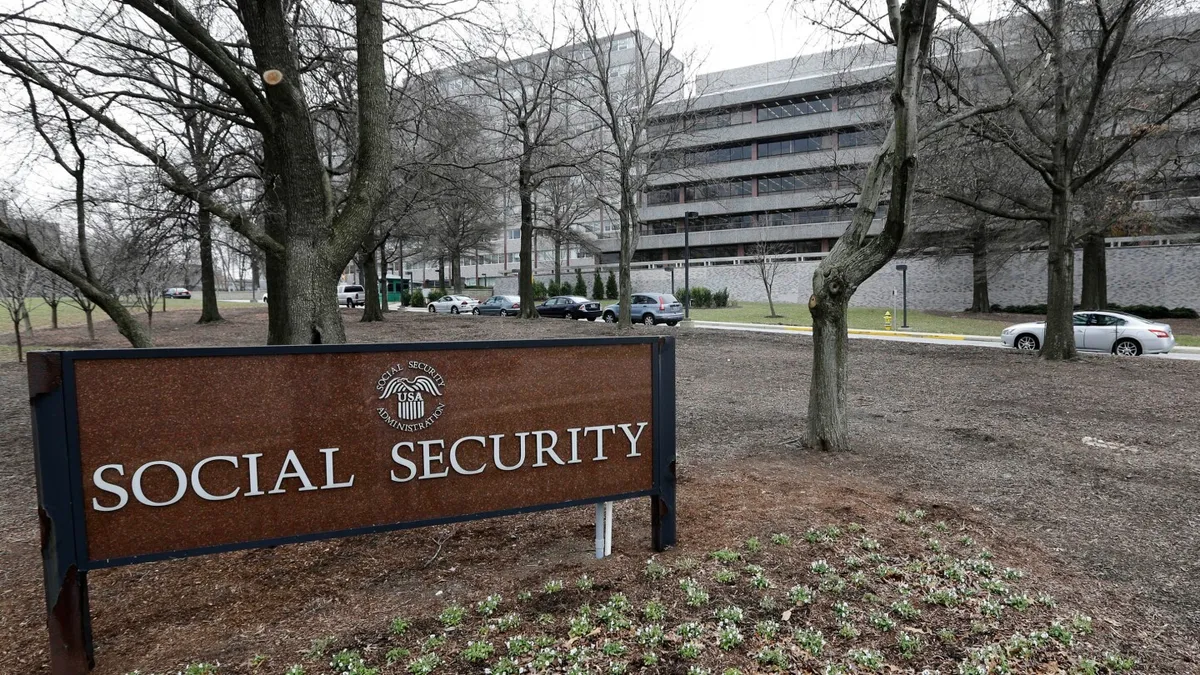
The Social Security Administration (SSA) has revealed that the annual cost-of-living adjustment (COLA) for 2026 will increase by 2.8%. This adjustment translates to an average monthly increase of over $56 for retirees, as confirmed by agency officials on Friday. The increase will benefit nearly 71 million Social Security recipients and will take effect starting in January 2026. Additionally, nearly 7.5 million Supplemental Security Income (SSI) recipients will see their payments rise as early as December 31, 2025.
This timely announcement follows a delay due to the recent federal government shutdown. The COLA for retirees and disabled beneficiaries is funded through payroll taxes collected from both workers and their employers, which will also see an increase in the annual salary cap to $184,500 in 2026, up from $176,100 in 2025. Beneficiaries had previously experienced a 2.5% increase in 2025, a 3.2% rise in 2024, and a historically significant 8.7% increase in 2023, driven by record-high inflation rates.
Despite the announced increase, many seniors express concerns that the COLA adjustment may not adequately address their rising living expenses. Linda Deas, an 80-year-old resident of Florence, South Carolina, voiced her frustrations, stating, “it does not match the affordability crisis we are having right now.” Having relocated from New York in 2022 to be closer to family, Deas reported a staggering $400 increase in her monthly rent over the past two years, alongside rising costs for essentials such as auto insurance and food.
Deas is not alone in her sentiments. A recent poll conducted by AARP indicates that only 22% of Americans over the age of 50 believe that a COLA of around 3% is sufficient to keep pace with rising prices, while a significant 77% disagree. This perception of financial strain transcends political affiliations, highlighting a widespread concern among older Americans.
According to the MIT Living Wage Calculator, an individual living alone in Florence would incur annual expenses of approximately $10,184 for housing, $3,053 for medical costs, and $3,839 for food. AARP's CEO, Myechia Minter-Jordan, described the COLA as “a lifeline of independence and dignity for tens of millions of older Americans.” However, she emphasized that even with annual adjustments, many older adults continue to face significant challenges in meeting basic needs.
Social Security Administration Commissioner Frank Bisignano stated that the annual COLA is a mechanism to ensure that benefits align with current economic realities, providing a crucial foundation of security for retirees. Emerson Sprick, the director of retirement and labor policy at the Bipartisan Policy Center, echoed this sentiment, noting that while COLA adjustments are beneficial, they cannot resolve all financial challenges faced by households.
The recent COLA announcement occurs against the backdrop of significant turmoil within the Social Security Administration. The agency has faced challenges over the past year, including staff reductions initiated during the Trump administration, aimed at decreasing the federal workforce. There have been conflicting statements from administration officials regarding the future of Social Security, leading to public concern.
In July, Treasury Secretary Scott Bessent reaffirmed the Republican administration's commitment to protecting Social Security shortly after making comments that suggested potential privatization. Furthermore, in September, Commissioner Bisignano had to clarify that raising the retirement age was not under consideration, despite earlier remarks that hinted at such possibilities.
The Social Security Administration is facing a looming crisis, with projections indicating that its trust funds may deplete by 2034, resulting in only 81% of benefits being payable thereafter. The last major reform to the benefits program occurred around 40 years ago when eligibility ages were raised from 65 to 67.
While a comprehensive solution to bolster the benefits program has yet to be enacted, both the Trump and Biden administrations have recently introduced measures intended to enhance retirees' financial security. The Trump administration's tax reform provided temporary relief to seniors aged 65 and older, offering a tax deduction applicable to all income levels, although many low-income seniors remain ineligible.
In a significant move, President Joe Biden repealed two federal policies in 2024—the Windfall Elimination Provision and the Government Pension Offset—which had previously limited Social Security payouts for approximately 2.8 million individuals, predominantly former public workers. These changes aim to address the longstanding issue of the program’s financial sustainability.
As the dialogue surrounding Social Security continues, experts like Sprick emphasize the urgency for policymakers to address the adequacy of benefits for low-income seniors while ensuring the program's long-term viability. The future of Social Security remains a critical issue for millions of Americans as they navigate the complexities of retirement and financial security.